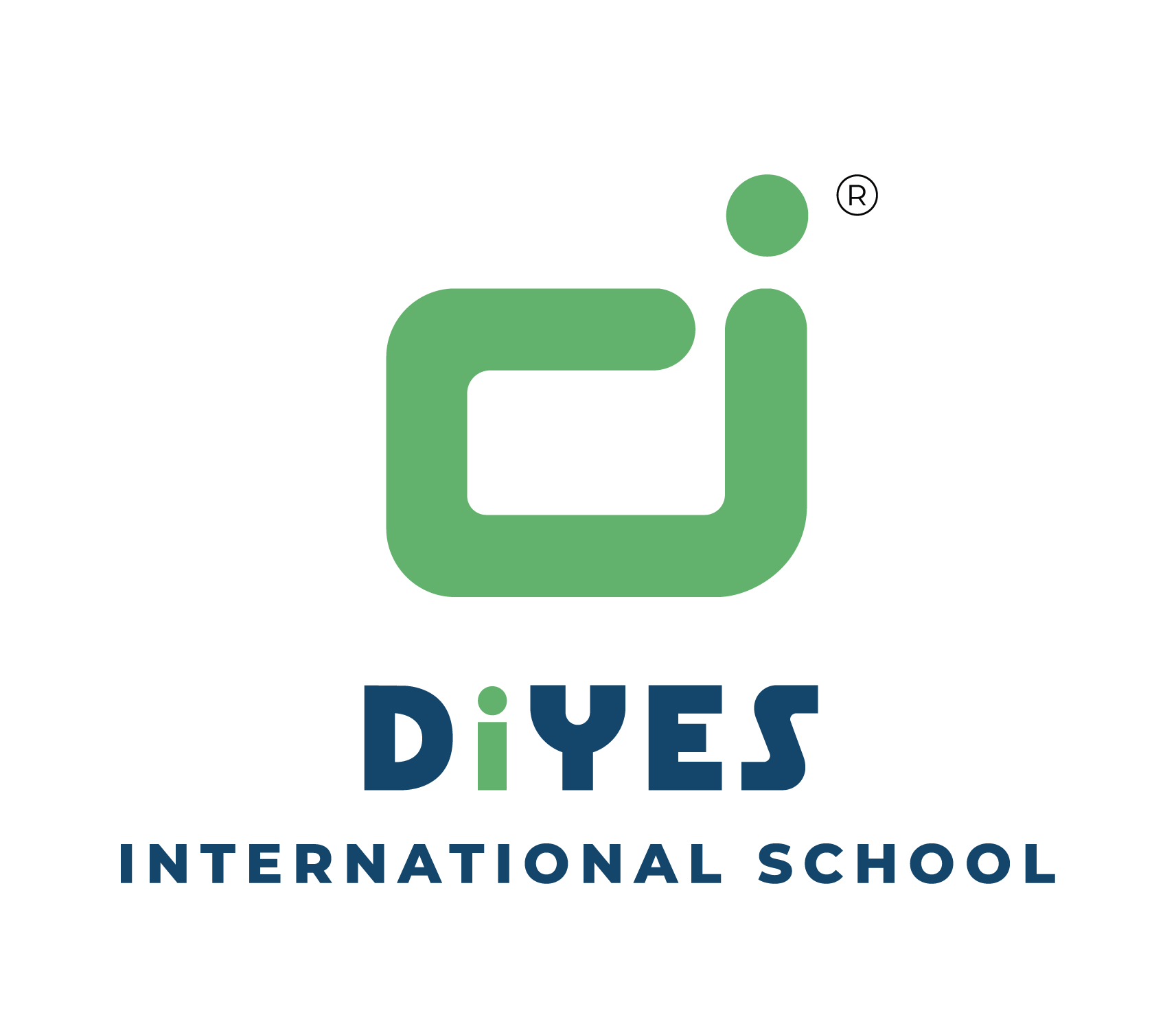Neurodiversity in the classroom is a topic of increasing importance in modern education. Recognizing and supporting diverse neurological functions is crucial for creating inclusive learning environments. Neurodiversity training for teachers plays a significant role in this process, equipping educators with the knowledge and tools to understand and accommodate diverse cognitive styles. Neurodiversity acknowledges and celebrates the natural variations in neurological functions, emphasizing that differences in learning styles and cognitive processes are not deficits but unique strengths.
By prioritizing neurodiversity in schools, educators can implement personalized learning approaches that cater to the unique strengths and needs of every student. This blog explores the significance of embracing neurodiversity in the classroom, shedding light on the importance of creating an inclusive learning environment that caters to the diverse needs of students.

This blog delves into the concept of neurodiversity and its implications for education. The blog discusses the various forms of neurodivergence, including autism, ADHD, dyslexia, and more, emphasizing the importance of understanding and accommodating diverse cognitive styles. It explores practical strategies for educators to create inclusive spaces, implement personalized learning approaches, and nurture a supportive community. By recognizing neurodiversity as a valuable asset in the educational landscape, this blog advocates for a shift towards inclusive teaching practices that empower every student to thrive.
Understanding Neurodiversity
The concept of neurodiversity appreciates and celebrates the inherent diversity found in neurological development. It acknowledges that individuals may have diverse cognitive abilities and neurological differences, encompassing conditions such as autism, ADHD, dyslexia, and more. Rather than viewing these differences as deficits, the neurodiversity paradigm sees them as natural variations of the human brain.
- Autism Spectrum Disorder (ASD): Students with ASD often have unique strengths, such as exceptional attention to detail, deep focus on specific interests, and creative thinking. However, they may face challenges in social communication and interaction. Understanding and appreciating the diverse ways individuals with ASD perceive and engage with the world is essential for effective support.
- Attention Deficit Hyperactivity Disorder (ADHD): Students with ADHD may exhibit high energy levels, creativity, and a knack for out-of-the-box thinking. On the flip side, they might struggle with maintaining focus, organization, and impulse control. Recognizing the strengths and challenges associated with ADHD is vital for tailoring classroom strategies that support these students’ learning styles.
- Dyslexia: Dyslexic students often possess strong problem-solving and critical thinking skills. However, they may face difficulties with reading, spelling, and processing written information. Implementing teaching methods that accommodate diverse learning styles is key to supporting students with dyslexia.
- Sensory Processing Differences: Some individuals may experience sensory processing differences, where their sensory perceptions (sight, sound, touch, etc.) are heightened or diminished. This can impact how they respond to stimuli in their environment. Recognizing and accommodating these differences in the learning environment can significantly contribute to the well-being and success of neurodivergent individuals.
- Intellectual Disabilities: Neurodiversity also encompasses individuals with intellectual disabilities, each having unique strengths and challenges. Tailoring educational approaches that focus on the strengths of these individuals while providing necessary support can create an inclusive and empowering learning environment.
Embracing neurodiversity in educational settings involves recognizing and valuing the variety of cognitive abilities and neurological differences present in individuals. By understanding the strengths and challenges associated with conditions like ASD, ADHD, dyslexia, sensory processing differences, and intellectual disabilities, educators can implement strategies that cater to diverse learning styles. It’s essential to nurture an inclusive environment that celebrates neurodiversity, promoting not only academic success but also the overall well-being of all students.
Creating an Inclusive Classroom Environment
In the ever-evolving landscape of education, nurturing an inclusive classroom environment has become a fundamental aspect of creating enriching learning spaces. The acknowledgment and celebration of neurodiversity within classrooms pave the way for innovative teaching approaches that cater to the unique needs of every student. In this exploration, we delve into key strategies that contribute to the creation of an inclusive classroom, ensuring that each student, including those who are neurodivergent, can flourish academically and socially.
- Flexible Teaching Approaches: The foundation of an inclusive classroom lies in the adoption of flexible teaching approaches.

Recognizing and accommodating diverse learning styles is paramount to creating an environment where all students, including neurodivergent individuals, can thrive. Providing a range of instructional methods, such as visual aids, hands-on activities, and auditory resources, ensures that students can engage with the material in ways that align with their strengths. Flexibility in teaching not only supports neurodivergent students but enriches the learning experience for the entire class.
- Individualized Learning Plans (ILPs): A key strategy for nurturing an inclusive classroom environment is the development of Individualized Learning Plans (ILPs). These plans allow educators to tailor their teaching approach to the unique needs of each student. By collaborating with special education professionals, parents, and the students themselves, educators can create personalized strategies that enhance learning outcomes. ILPs address specific strengths and challenges associated with neurodiversity, ensuring that every student receives the support they need to reach their full potential.
- Promoting Social Inclusion: Inclusivity extends beyond academic accommodations; it encompasses social integration as well. Educators play a vital role in nurturing a socially inclusive environment by promoting understanding and empathy among students. Implementing peer support systems, where students assist and encourage one another, contributes to a supportive network within the classroom. Additionally, raising awareness about neurodiversity and encouraging open communication helps create a culture of acceptance and friendship. By actively promoting social inclusion, educators contribute to a positive and respectful learning environment for all students.
- Accessible Physical Environment: Another crucial aspect of creating an inclusive classroom is ensuring the physical environment is accessible to all students. This involves considering factors such as seating arrangements, lighting, and classroom layout. Making adjustments based on the sensory needs of neurodivergent students, such as providing quiet spaces or sensory tools, contributes to a more inclusive setting where everyone feels comfortable and engaged.
- Professional Development for Educators: To effectively implement inclusive practices, ongoing professional development for educators is essential. This includes training sessions, workshops, and resources that provide insights into neurodiversity and offer practical strategies for inclusive teaching. Equipping educators with the knowledge and tools to understand and support neurodivergent students enhances their ability to create an inclusive classroom environment.
Creating an inclusive classroom environment involves adopting flexible teaching approaches, developing Individualized Learning Plans, promoting social inclusion, ensuring accessibility in the physical environment, and providing ongoing professional development for educators. By embracing these strategies, educators contribute to a learning environment where every student, regardless of neurodiversity, can thrive academically and socially.
Supporting Emotional Well-being
Creating an inclusive classroom environment is a cornerstone of modern education, recognizing the diverse needs of students, including those who are neurodivergent. Embracing neurodiversity nurtures a holistic approach to teaching that goes beyond academic accommodations, ensuring that every student thrives socially and academically. In this exploration, we delve into strategies that contribute to the development of an inclusive classroom, emphasizing flexibility, individualized support, and the promotion of social and emotional well-being.
- Building a Supportive Community: Establishing a supportive community within the classroom is pivotal for the emotional well-being of all students. Activities that encourage teamwork, empathy-building exercises, and open discussions about neurodiversity nurture understanding and create an environment where everyone feels valued. By cultivating empathy, educators lay the foundation for a compassionate and inclusive classroom culture.
- Providing Emotional Regulation Tools: Supporting the emotional well-being of neurodivergent students involves providing tools and strategies for emotional regulation. Creating designated quiet spaces, offering fidget tools, or incorporating visual schedules are effective methods. These tools empower neurodivergent students to manage their emotions, promoting a sense of control and predictability in their learning environment.
Through these strategies, educators not only address the unique emotional needs of neurodivergent students but also create a learning environment that is enriching for every individual.
Collaboration with Parents and Professionals
Collaboration between parents and professionals in the realm of neurodivergent education is crucial for the comprehensive development of students with diverse needs.

Creating open lines of communication and ensuring ongoing professional development for educators are essential for establishing an inclusive and supportive learning environment. Let’s delve into these aspects highlighting the importance of collaboration in nurturing the potential of neurodivergent learners.
- Tailored Education Plans (IEPs): Collaborative efforts encompass the creation and execution of Individualized Education Plans (IEPs) that cater to the specific requirements of neurodivergent students. These plans, developed through collaborative discussions involving parents, educators, and specialists, serve as a blueprint for personalized learning, accommodations, and targeted support strategies. IEPs guarantee that the educational approach is customized to address the distinct strengths and challenges of each neurodivergent learner, promoting an environment conducive to their success.
- Parental Support Networks and Educational Workshops: Building support networks and organizing workshops for parents are integral components of collaborative endeavours. These platforms provide spaces for parents to exchange experiences, gain insights, and acquire effective strategies to support their neurodivergent children at home. Empowering parents with knowledge enhances their capacity to contribute meaningfully to their child’s educational journey and strengthens the partnership between home and school, creating a united support system for neurodivergent students.
- Peer Mentorship Initiatives: Integrating peer mentorship programs within educational institutions significantly contributes to collaboration among neurodivergent students, their parents, and professionals. Pairing neurotypical students with neurodivergent peers nurtures an inclusive atmosphere, promoting understanding, empathy, and support. This collaborative approach breaks down social barriers, cultivating a sense of belonging and acceptance among neurodivergent learners. Peer mentorship not only benefits neurodivergent students but also educates their peers about diversity, nurturing a more inclusive school culture.
- Integration of Technological Platforms: The incorporation of technology platforms can streamline communication and collaboration between parents, educators, and specialists. Online platforms and educational applications can serve as centralized hubs for sharing updates on a student’s progress, discussing strategies, and maintaining an ongoing dialogue. The use of technology enhances real-time collaboration, ensuring that all stakeholders stay well-informed and actively participate in the educational journey of neurodivergent students. This also facilitates efficient data sharing, making it easier to monitor progress and adjust strategies as needed.
Nurturing collaboration between parents and professionals is pivotal in creating an inclusive educational environment for neurodivergent students. Open communication, continuous professional development, tailored education plans, support networks for parents, peer mentorship initiatives, and the integration of technology collectively contribute to an environment where each neurodivergent learner can thrive. These collaborative efforts pave the way for a more inclusive and supportive educational landscape.
Conclusion: Celebrating Neurodiversity in Education
Recognizing and supporting neurodiversity in the classroom is a transformative journey toward creating an inclusive and enriching educational experience. By understanding the unique strengths and challenges associated with various neurodivergent conditions, implementing inclusive teaching practices, and nurturing emotional well-being, educators can champion a learning environment where every student excels.
Furthermore, cultivating an environment that celebrates neurodiversity extends beyond the classroom walls. It involves nurturing a school culture that promotes acceptance, empathy, and diversity awareness among students, staff, and parents. Initiatives such as awareness campaigns, neurodiversity clubs, and inclusive events can contribute to creating a sense of community and understanding.
Encouraging open conversations about neurodiversity not only educates individuals about differences but also helps break down stereotypes and misconceptions. This holistic approach to embracing neurodiversity in education contributes to a more compassionate and supportive society, preparing students to navigate a world that values and respects the unique qualities each person brings to the table. In doing so, we not only enhance the educational experience but also lay the foundation for a more inclusive and harmonious future.
At DiYES International School, we are committed to celebrating neurodiversity and creating inclusive classrooms. Our educational approach emphasizes recognizing and supporting the diverse strengths of each student, nurturing an environment where everyone has the opportunity to succeed.
Explore the inclusive educational environment at DiYES International School by visiting our website at www.diyesinternational.edu.in or contacting us at +918547609000.
Together, let’s celebrate the beauty of neurodiversity and create classrooms where all student’s unique abilities are valued and nurtured.


